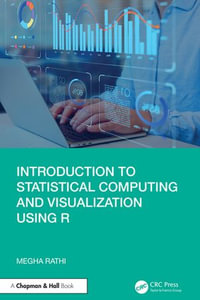
eTEXT
Handbook of Remote Biometrics
for Surveillance and Security
By: Massimo Tistarelli, Stan Z. Li, Rama Chellappa
eText | 2 June 2009 | Edition Number 1
At a Glance
eText
$239.00
or
Instant online reading in your Booktopia eTextbook Library *
Read online on
Desktop
Tablet
Mobile
Not downloadable to your eReader or an app
Why choose an eTextbook?
Instant Access *
Purchase and read your book immediately
Read Aloud
Listen and follow along as Bookshelf reads to you
Study Tools
Built-in study tools like highlights and more
* eTextbooks are not downloadable to your eReader or an app and can be accessed via web browsers only. You must be connected to the internet and have no technical issues with your device or browser that could prevent the eTextbook from operating.
ISBN: 9781848823853
ISBN-10: 1848823851
Published: 2nd June 2009
Format: PDF
Language: English
Publisher: Springer Nature
Edition Number: 1
You Can Find This eBook In
This product is categorised by
- Non-FictionComputing & I.T.Computer ScienceArtificial IntelligenceComputer Vision
- Non-FictionComputing & I.T.Computer SecurityData Encryption
- Non-FictionComputing & I.T.Operating Systems
- Non-FictionComputing & I.T.Graphical & Digital Media Applications
- Non-FictionSociology & AnthropologyAnthropologyPhysical Anthropology
- Non-FictionEarth Sciences, Geography, Environment, PlanningGeographyGeographical Information Systems GIS & Remote Sensing
- Non-FictionComputing & I.T.Computer ScienceHuman-Computer Interaction























